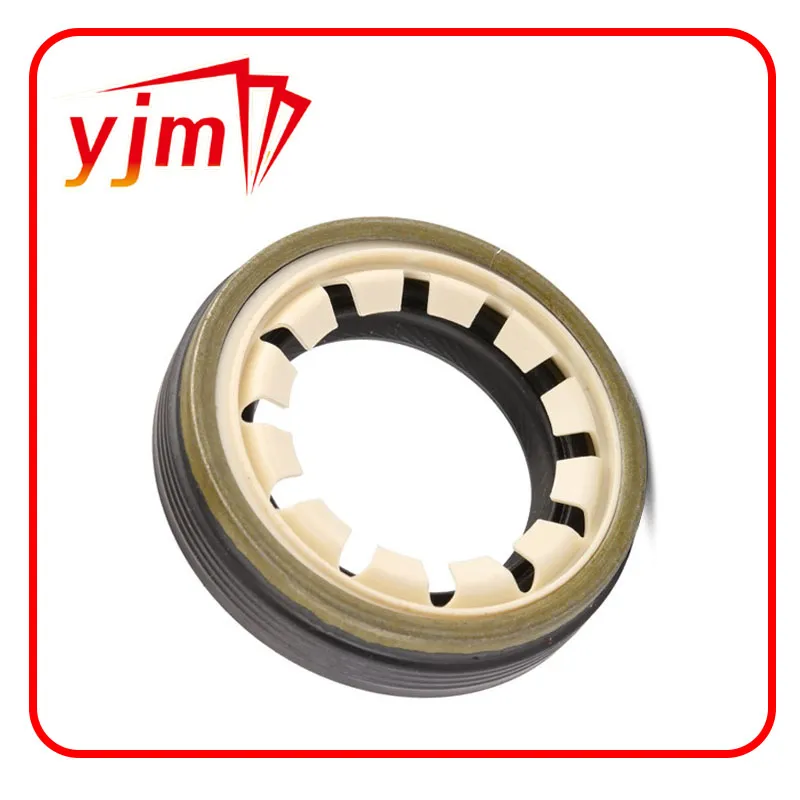Understanding Dimensions of Bonded Seals for Optimal Performance and Application
Understanding Bonded Seal Dimensions A Comprehensive Guide
When it comes to sealing applications in various industrial sectors, bonded seals play an essential role in ensuring reliability, durability, and leak prevention. These specialized seals are designed to provide a tight fit and can withstand high pressures and temperatures. One of the critical aspects of bonded seals is their dimensions, which directly influence their effectiveness in different applications. In this article, we will explore bonded seal dimensions, their significance, and how to choose the right one for your needs.
What Are Bonded Seals?
Bonded seals, or bonded washers, are circular seals consisting of a rubber sealing element bonded to a metal washer. The rubber is typically made from high-quality elastomers like Nitrile, Viton, or EPDM, while the metal washer can be composed of various materials such as steel, stainless steel, or brass. This combination allows bonded seals to provide excellent sealing performance against fluids and gases, making them ideal for use in automotive, aerospace, and industrial applications.
Why Dimensions Matter
The dimensions of a bonded seal encompass several key measurements inner diameter (ID), outer diameter (OD), thickness, and sometimes, the height of the raised sealing face. These dimensions must be carefully selected based on the specific application and the components being sealed. Incorrect dimensions can lead to inadequate sealing, resulting in leaks, losses, or even catastrophic failures.
1. Inner Diameter (ID) The inner diameter is the crucial measurement for ensuring a proper fit around the component being sealed. If the ID is too large, the seal may not compress adequately, leading to leaks. Conversely, if the ID is too small, it can cause the seal to stretch, which may also compromise its integrity. Therefore, measuring the shaft or fitting you intend to seal is essential for determining the appropriate ID.
2. Outer Diameter (OD) The outer diameter provides a surface for sealing against the mating surface. It’s critical that the OD fits snugly against the corresponding part to avoid any gap that could lead to leakage. In applications where the mating surface has a profile or shape, the OD must be matched accurately to ensure a proper seal.
3. Thickness The thickness of the bonded seal is an important factor that influences its ability to compress and create a tight seal. Thicker seals may provide a more robust barrier against leakage, but they also require more space. It’s essential to consider the available installation space when selecting the thickness of a bonded seal.
bonded seal dimensions

Choosing the Right Bonded Seal Dimensions
When selecting a bonded seal, several factors should be taken into account to ensure you are making the right choice for your application
- Application Requirements Different applications have varying requirements, including pressure levels, temperature ranges, and chemical compatibility. Ensure that the chosen bonded seal can withstand the operating conditions of your specific application.
- Manufacturing Standards If your application adheres to specific industry standards, make sure to choose bonded seals that comply with these standards. This consideration ensures quality and reliability in demanding environments.
- Material Selection Different materials offer different properties, such as chemical resistance, temperature tolerance, and mechanical strength. Choose the rubber and metal materials based on the specific environmental conditions they will face.
- Supplier Guidance Working closely with suppliers can be beneficial in identifying the right bonded seal dimensions. Experienced suppliers can provide valuable insights and recommendations based on your unique requirements.
Conclusion
In conclusion, understanding bonded seal dimensions is crucial for achieving effective sealing in a variety of applications. By considering the inner diameter, outer diameter, and thickness, as well as the specific needs of your application, you can select the appropriate bonded seal that ensures optimal performance. Investing time in choosing the right bonded seal dimensions can prevent leaks, enhance the reliability of your equipment, and ultimately lead to more efficient operations. As technology advances, ensuring proper sealing will remain a vital component in maintaining the integrity of systems across multiple industries.
-
Understanding Automotive Oil Seals: Essential Components for Engine and Shaft Protection
News Jul.30,2025
-
The Importance of Heavy Duty Seals in Industrial and Residential Applications
News Jul.30,2025
-
Exploring Industrial Oil Seals: From Felt Oil Seals to TTO and CFW Solutions
News Jul.30,2025
-
Essential Guide to Oil Seals: From Radial to Metal-Cased Seals for Industrial Reliability
News Jul.30,2025
-
Choosing the Right Oil Seals and Gaskets for Industrial and Automotive Applications
News Jul.30,2025
-
Cassette Seals: Durable Sealing Solutions for Harsh Environments
News Jul.30,2025
-
Understanding the Front Main Engine Seal: Purpose, Maintenance, and Installation
News Jul.29,2025
Products categories















